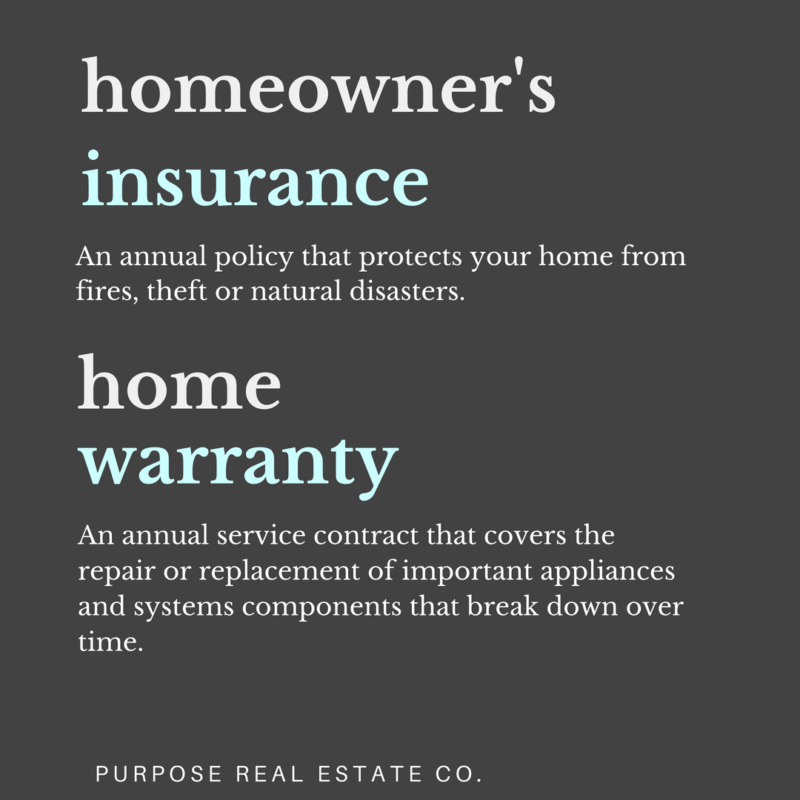Facts About Pacific Prime Revealed
Facts About Pacific Prime Revealed
Blog Article
The Greatest Guide To Pacific Prime
Table of ContentsThings about Pacific Prime3 Easy Facts About Pacific Prime DescribedNot known Facts About Pacific PrimeAn Unbiased View of Pacific PrimeFascination About Pacific Prime

This is because the information were collected for a period of solid economic efficiency. Of the approximated 42 million people that were without insurance, all yet regarding 420,000 (about 1 percent) were under 65 years of age, the age at which most Americans come to be qualified for Medicare; 32 million were adults in between ages 18 and 65, around 19 percent of all adults in this age team; and 10 million were children under 18 years old, concerning 13.9 percent of all children (Mills, 2000).
These quotes of the number of individuals uninsured are produced from the yearly March Supplement to the Present Populace Survey (CPS), carried out by the Demographics Bureau. Unless otherwise kept in mind, nationwide estimates of people without health insurance policy and proportions of the population with different sort of protection are based upon the CPS, one of the most widely used resource of price quotes of insurance coverage and uninsurance rates.
The Pacific Prime Ideas

Still, the CPS is particularly helpful since it creates annual estimates relatively promptly, reporting the previous year's insurance policy protection estimates each September, and because it is the basis for a regular collection of price quotes for greater than 20 years, allowing for evaluation of fads in insurance coverage gradually. For these reasons, as well as the substantial usage of the CPS in other research studies of insurance policy protection that exist in this record, we count on CPS quotes, with restrictions noted.

The price quote of the number of uninsured individuals broadens when a populace's insurance standing is tracked for numerous years. Over a three-year period beginning early in 1993, 72 million people, 29 percent of the united state populace, were without protection for at least one month. Within a solitary year (1994 ), 53 million individuals experienced a minimum of a month without coverage (Bennefield, 1998a)
6 out of every ten without insurance adults are themselves employed. Working does improve the likelihood that one and one's family members will have insurance, it is not a warranty. Also participants of family members with two permanent breadwinner have almost a one-in-ten chance of being uninsured (9.1 percent without insurance rate) (Hoffman and Pohl, 2000).
Pacific Prime Fundamentals Explained
New immigrants account for a significant proportion of people without medical insurance. One analysis has connected a significant section of the recent growth in the dimension of the united state without insurance population to immigrants who got here in the country between 1994 and 1998 (Camarota and Edwards, 2000). Current immigrants (those that pertained to the USA within the previous four years) do have a high price of being uninsured (46 percent), but they and their kids make up just 6 percent of those without insurance policy across the country (Holahan et al., 2001).
The relationship between medical insurance and accessibility to care is well developed, as documented later in this phase. The connection in between health and wellness insurance coverage and health and wellness results is neither straight neither basic, a considerable professional and wellness solutions study literary works links health insurance policy protection to better accessibility to care, much better quality, and improved individual and populace wellness condition.
Levels of evaluation for taking a look at the impacts of uninsurance. This discussion of health insurance policy coverage focuses mainly on the U.S. populace under age 65 since essentially all Americans 65 and older have Medicare or various other public insurance coverage. It concentrates particularly on those without any health insurance policy for any type of size of time.
The Ultimate Guide To Pacific Prime
The issues dealt with by the underinsured remain in some respects similar to those dealt with by the uninsured, although useful link they are normally less severe. maternity insurance for expats. Uninsurance and underinsurance, nonetheless, entail clearly different plan concerns, and the strategies for resolving them might vary. Throughout this research and the 5 records to comply with, the primary focus is on individuals without wellness insurance and hence no aid in spending for healthcare beyond what is available via charity and safety and security internet establishments
Medical insurance is a powerful factor affecting invoice of care because both patients and medical professionals react to the out-of-pocket cost of services - https://www.pubpub.org/user/freddy-smith-2. Medical insurance, nonetheless, is neither essential neither adequate to access to medical solutions. However, the independent and straight impact of health and wellness insurance protection on accessibility to wellness services is well developed.
Others will obtain the healthcare they need also without health and wellness insurance policy, by spending for it out of pocket or seeking it from companies who use care cost-free or at extremely subsidized rates. For still others, wellness insurance coverage alone does not ensure invoice of care because of various other nonfinancial barriers, such as an absence of health care suppliers in their area, restricted access to transport, illiteracy, or linguistic and cultural distinctions.
The Ultimate Guide To Pacific Prime
Official study about without insurance populaces in the USA dates to the late 1920s and early 1930s when the Committee on the Cost of Healthcare generated a collection of reports about financing physician workplace visits and hospitalizations. This problem came to be significant as the numbers of medically indigent climbed during the Great Anxiety.
Report this page